Naples is a crazy, vibrant, noisy, dirty city. Full of character, cars and chaos. It’s always been a port town with sheltered anchorage for visiting boats and ships. Long before the Romans, Naples was an important Greek city known as Neapolis. Naples has a unique location on the Mediterranean Sea. It lies at the foot of Mount Vesuvius, which erupted in AD 79 covering the surrounding towns of Pompeii and Herculaneum with volcanic material. These exceptional buried cities were rediscovered in the 18th century. The study of past lives and towns known as archaeology began here in the Bay of Naples.
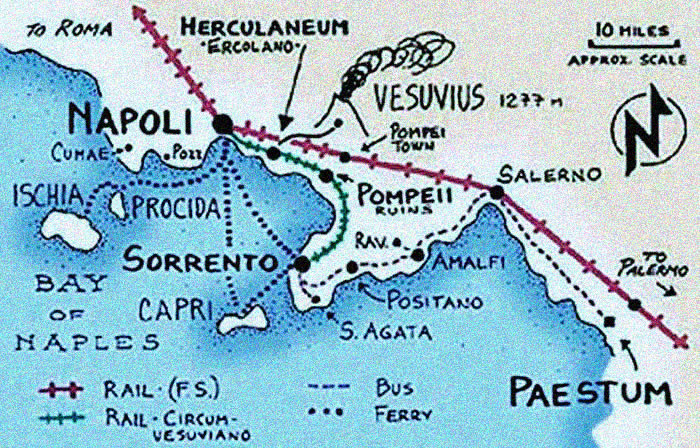
Bay of Naples, Vesuvius and Islands
The chaotic, cosmopolitan, slightly lawless atmosphere of Naples is matched by the geology of the area. Volcanic, restless, seismically active. Just like the good natured and commercially minded locals.
After the Greeks came the Romans, later it was the Byzantians from the east. In medieval times the Normans came, on their way to the Crusades. They liked what they saw, built castles and stayed. The Spanish ruled Southern Italy and Sicily for years, building fine palaces and creating large, elegant churches and public squares. This is a city of colour, drama and just a hint of crazy!
CRAZY HISTORY – In any gripping story there’s always a crazy character or two. In the case of Naples my favourite is Prince Raimondo di Sangro. An 18th century aristocrat and a huge character. The Prince was a scientist and inventor who loved to embellish the truth.
In 1753 he took delivery of a fabulous carved marble statue that became known as the ‘Cristo Velato’. The sculpture was the masterpiece of Giuseppe Sanmartino. He had been commissioned to produce “a marble statue sculpted with the greatest realism, representing Christ at the time of his death, covered by a transparent shroud carved from the same single block of white stone as the statue”.
THE VEILED CHRIST – Sanmartino produced a masterpiece of art, with the body of Christ laid on a soft cushion, covered by a veil which clings perfectly to his form. The skill of the Neapolitan sculptor lies in his successful depiction of the emotions and suffering that Christ experienced during his torture and death. The sculpture is so delicate and so brilliantly executed that you can almost see the corpse moving – it is so lifelike.
Through the shroud you can see a slightly contorted mouth that seems to be exhaling for the final time. The hands and feet are wounded with the stakes and ropes that bound Christ to the cross. At his feet lies the crown of thorns, that was brutally attached to his head. The statue is so compelling that it appears to be living.

The sculpture was a magnificent work and it was placed in a central position in the Chapel of Sansevero, adjacent to the Prince’s private palace, in the heart of the city. To this day it Is one of the most visited sites in Naples.
RUMOUR – However, Prince Raimondo fancied himself as a scientist and inventor. So he started to spread a rumour that Christ’s shroud was actually made from fabric and that, he Raimondo, had developed a scientific method to turn fabric into stone using a calcification technique. For almost two hundred years visitors to the statue thought they were witnessing a miracle, when they saw the ‘so called’ calcified shroud. Recent scientific tests have shown that the sculpture is in fact, made from a single piece of marble. The Prince’s claims were simply not true. He had not invented a way of turning fabric to stone.
NEXT – The Prince hired a doctor from Palermo to create two life size human models, that are displayed downstairs in the Sansevero Chapel. These figures are known as the Anatomical Machines. The Prince claimed to have invented a scientific method for creating blood and suggested that he had the ability to make ‘living beings’. At this point rumours about the Prince went into overdrive. Local people thought that he’d had two servants murdered to create the models for the Anatomical Machines. The models were built around two human skeletons and the anatomy and veins were created with wire, wax and silk. The detail is incredible. Even today the models exude a menacing slightly satanic air. It’s probably better not to turn your back on them.

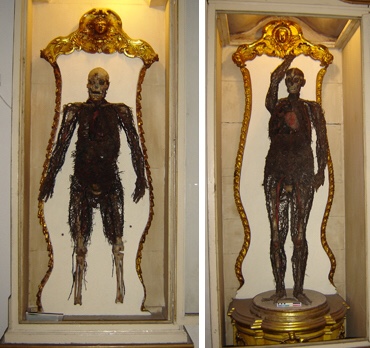
MYSTERY continues to surround Prince Raimondo’s life. On his death his staff were instructed to burn all his papers and documents. So we’ll never know if he really was a scientist or just a crazy man with a very vivid imagination! However we can certainly agree that he was a larger than life Neapolitan character!
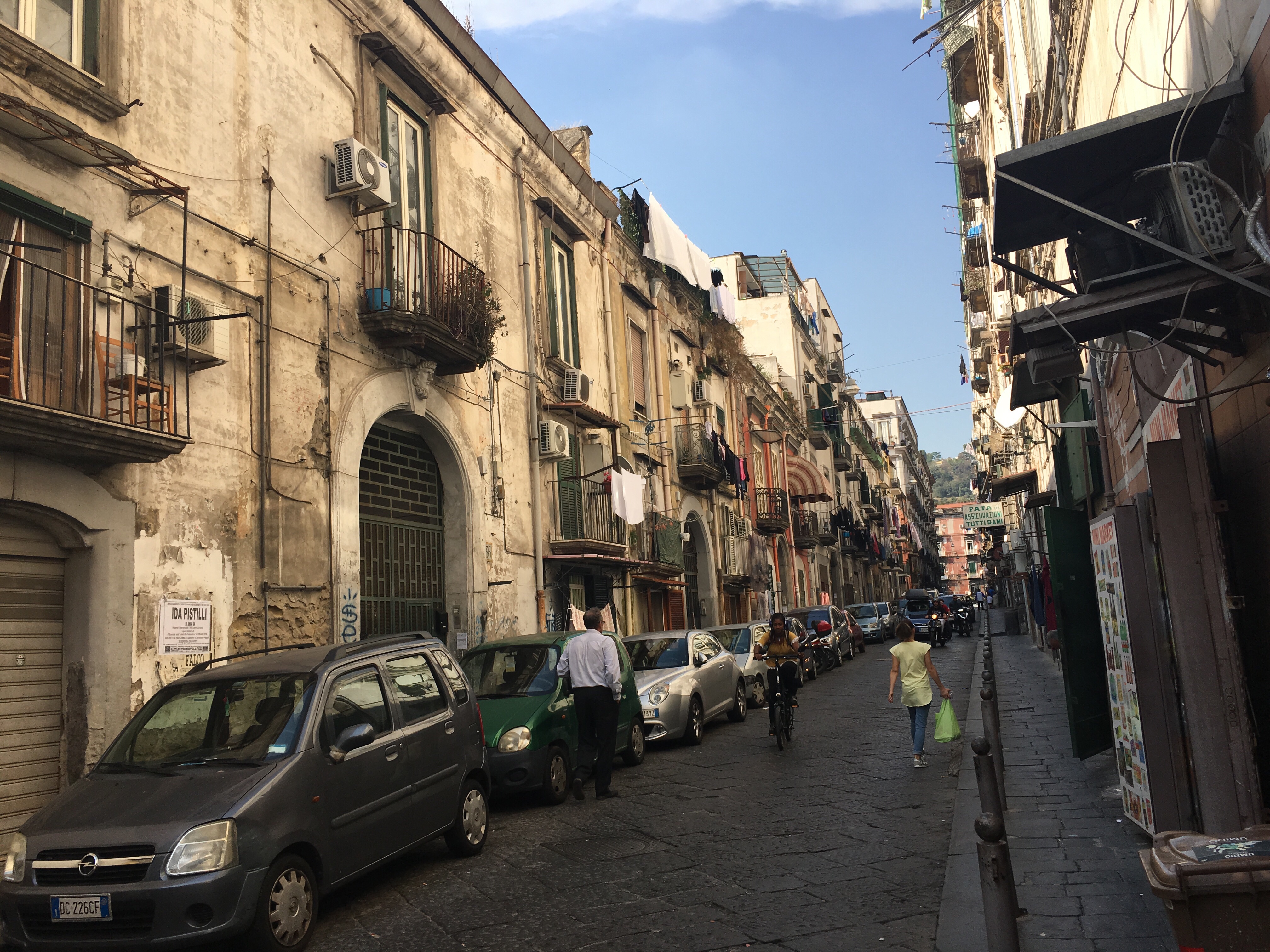
TIME FOR PIZZA – by the time you’ve seen the Anatomical Machines you’ll be ready for fresh air. As it happens the Sansevero Chapel is surrounded by pizzerias. They say the finest pizza in Naples is found in and around Via Tribunali. Top names are Sorbillo, Presidente, Lombardi and Michele. You can usually work out the best places from the queues outside the door.
PRESIDENTE – This is where Bill Clinton ate pizza when he was visiting Naples. I really like Pizza Presidente – it’s a funny little hole in the wall. Huge pizza ovens (i forni) on the left as you walk in – then down the stairs into the basement. Tables and chairs, TV on the wall, beer or wine and the freshest, most delicious pizza ever!
SORBILLO – is currently the best according to many people. They have a great set up. Enoteca next door, where you order your drinks whilst you are waiting. A huge queue outside, with a fairly orderly ‘wait your turn’ system. Then, once inside, delicious pizzas, fresh, fresh, fresh ingredients and a selection of beers (and wine, I think they have wine too)!
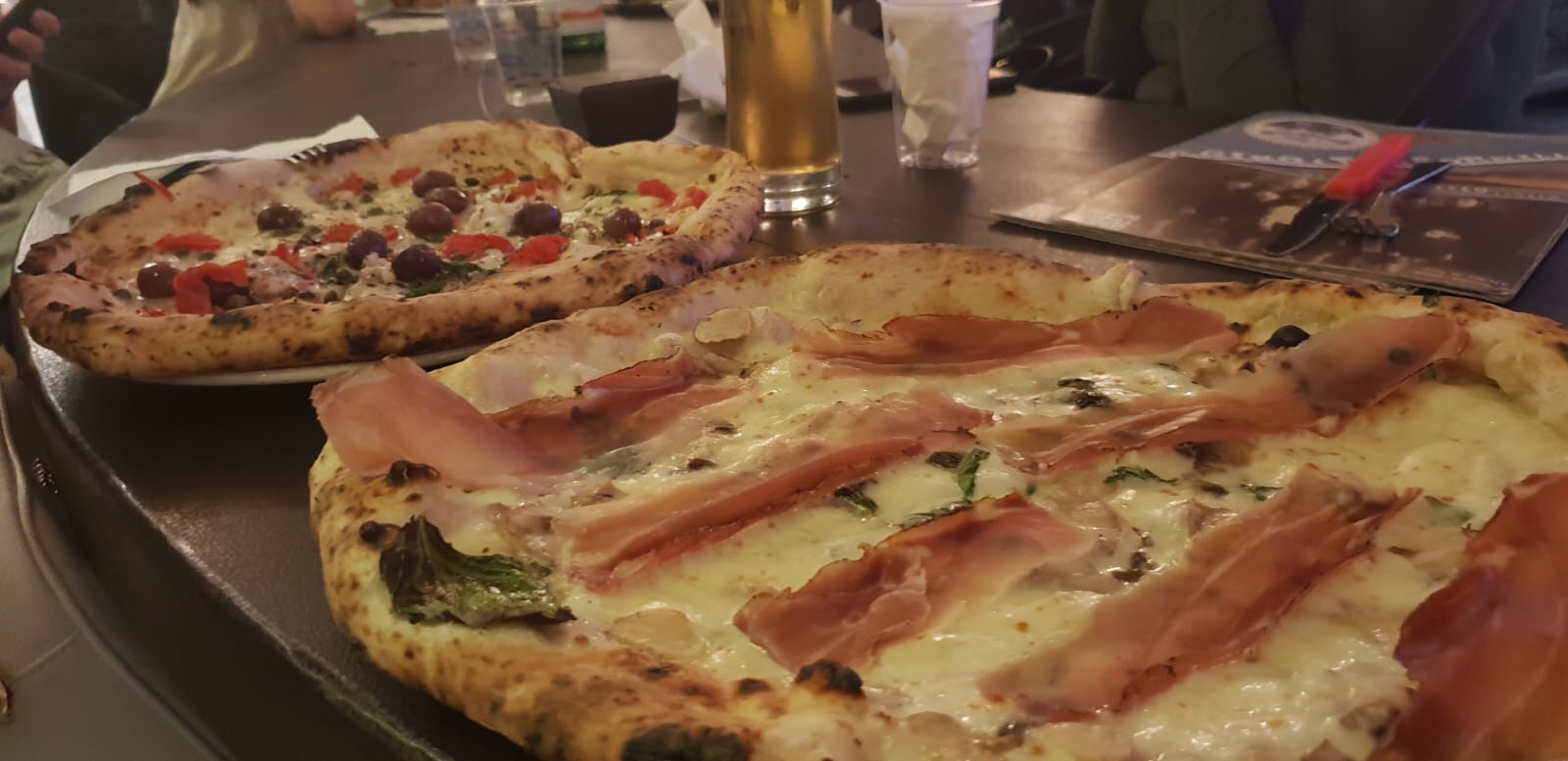
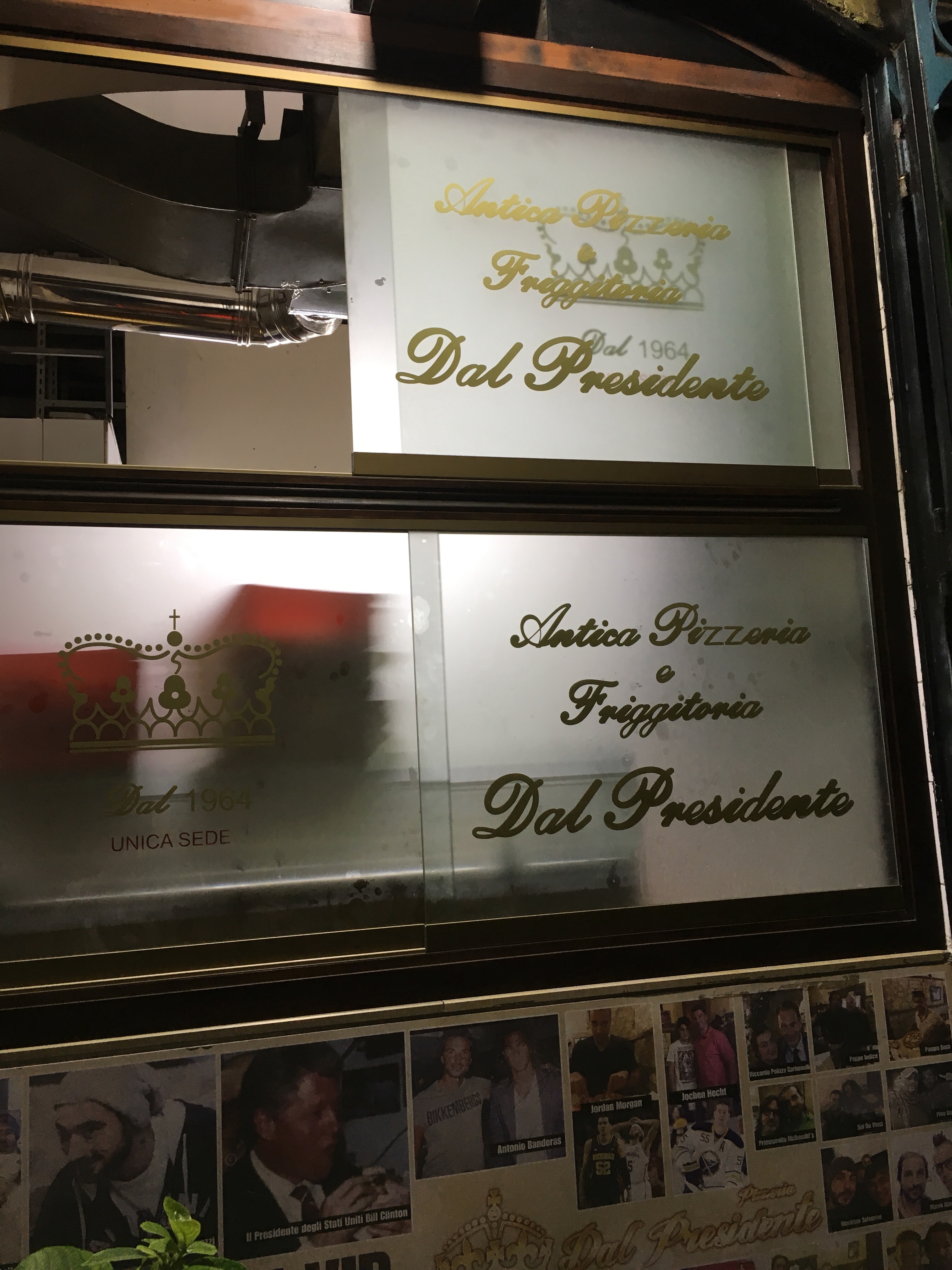
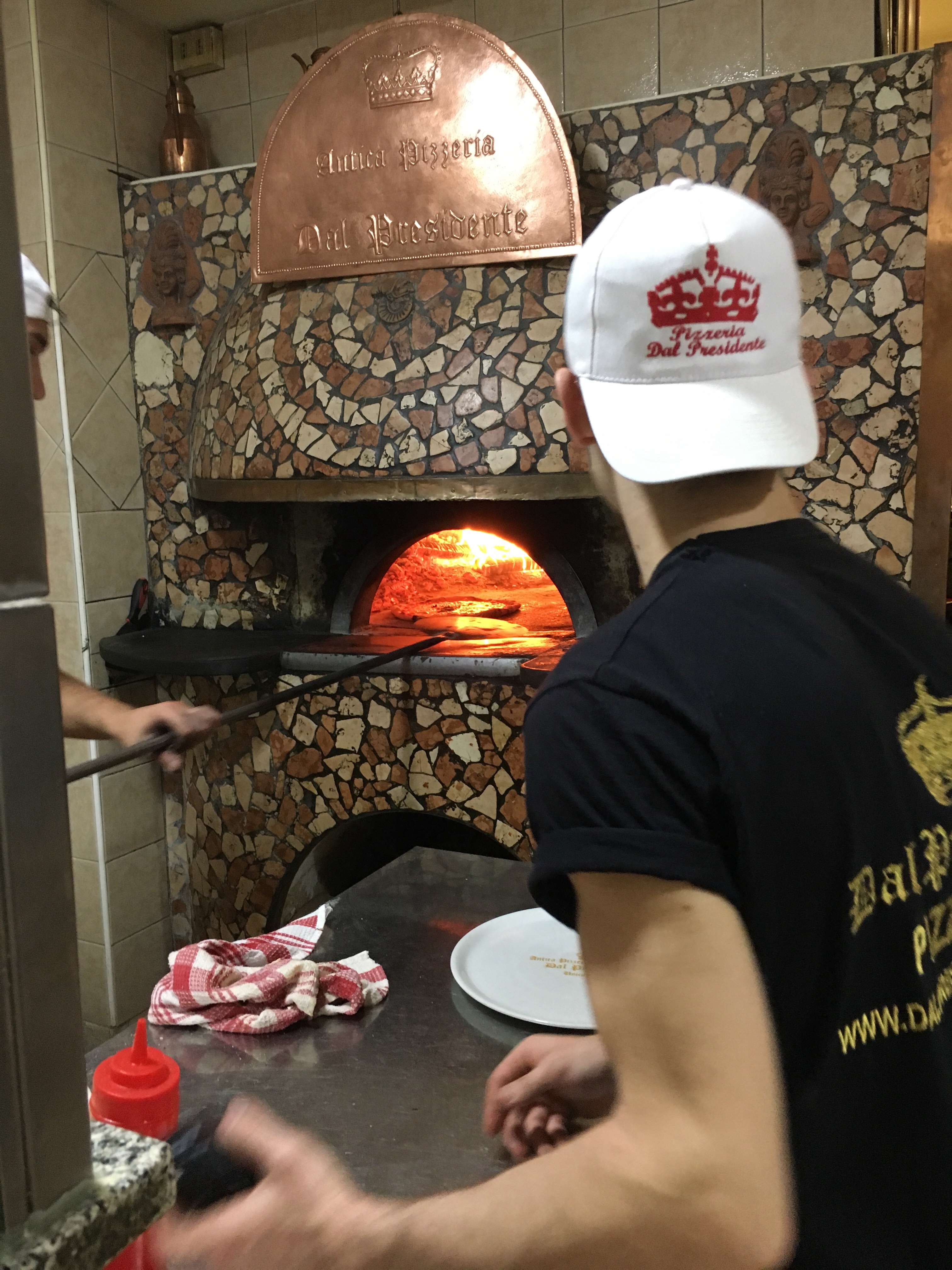
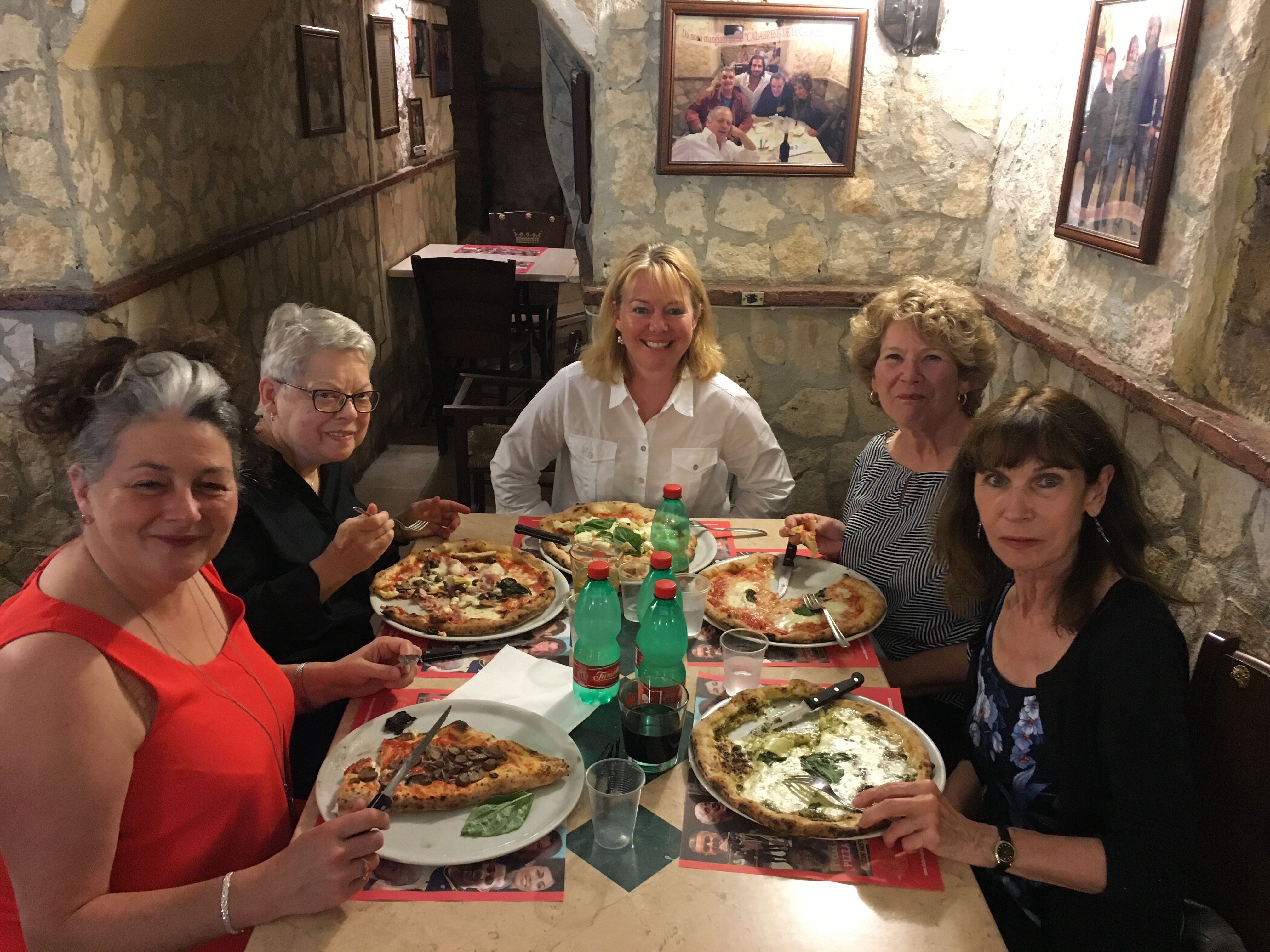
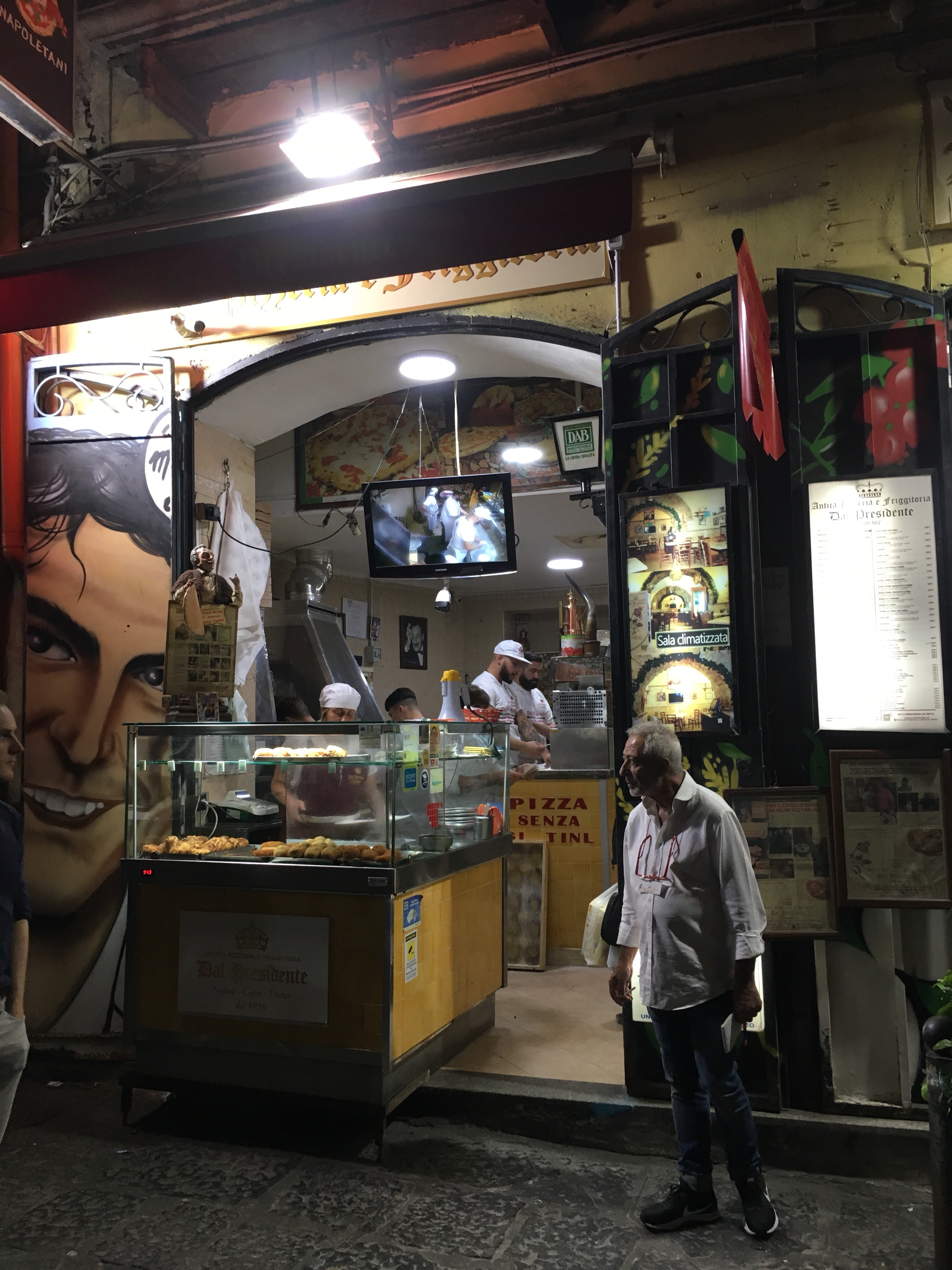
LOMBARDI – Pizzeria is just on Via Foria, ten minutes from the Archaeological Museum. They claim to have been the first pizzeria to open a branch in New York City in the 1890s. The pizza is great and the pizzeria is smarter (more of a restaurant) than Sorbillo or Presidente.
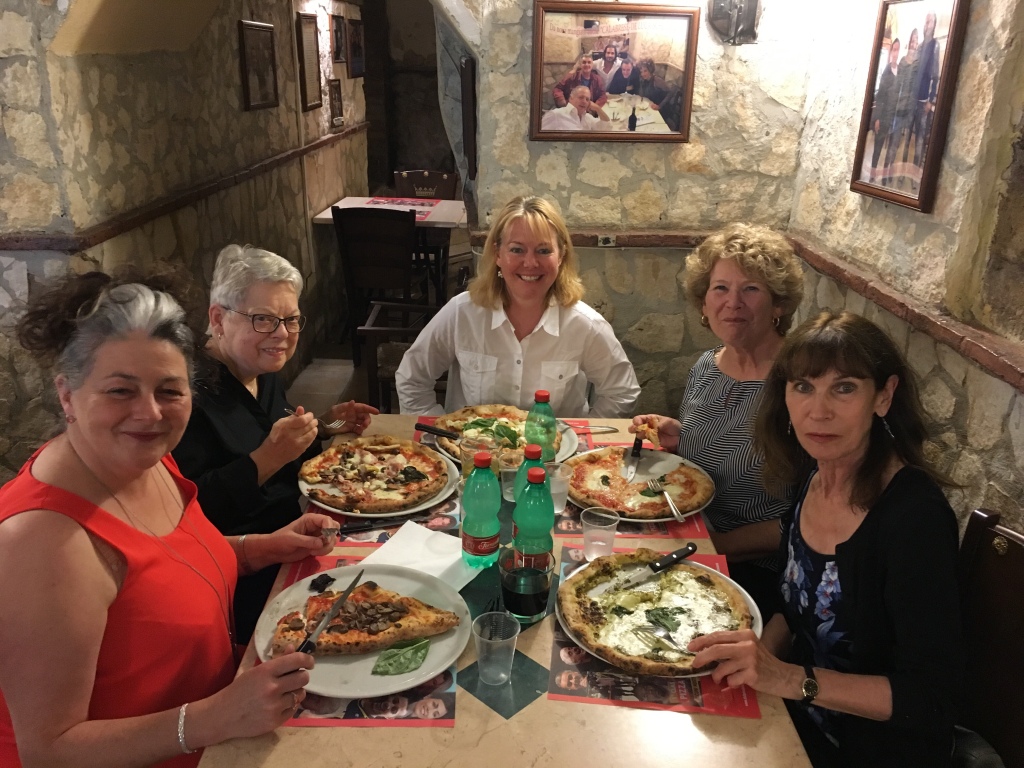
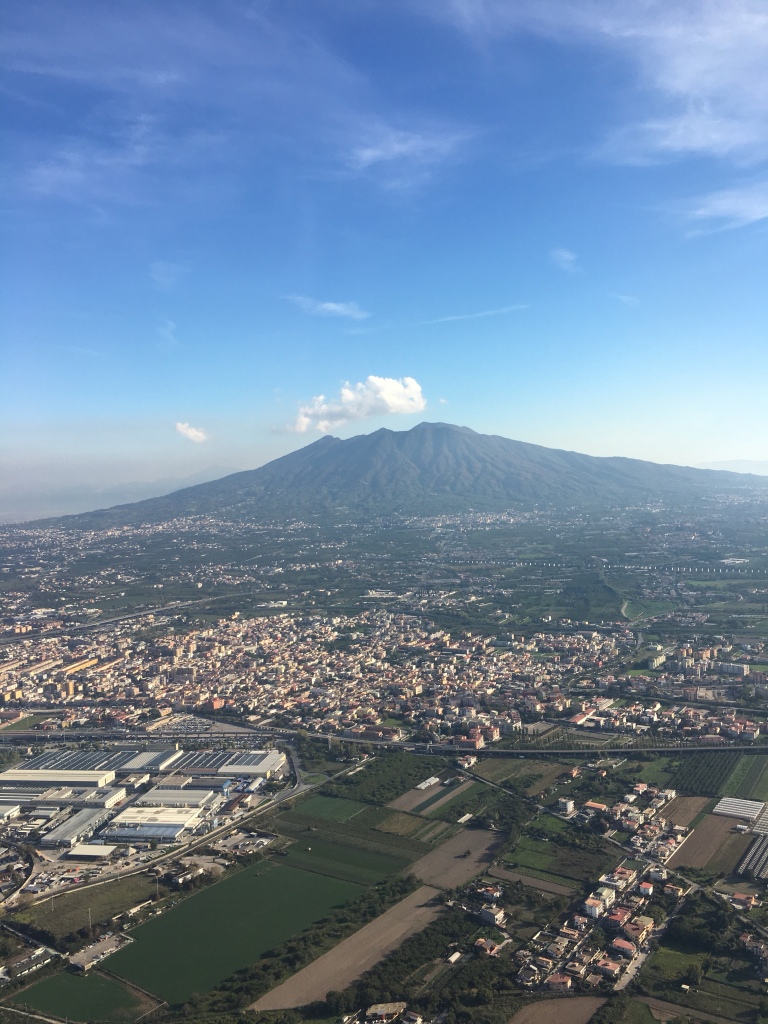

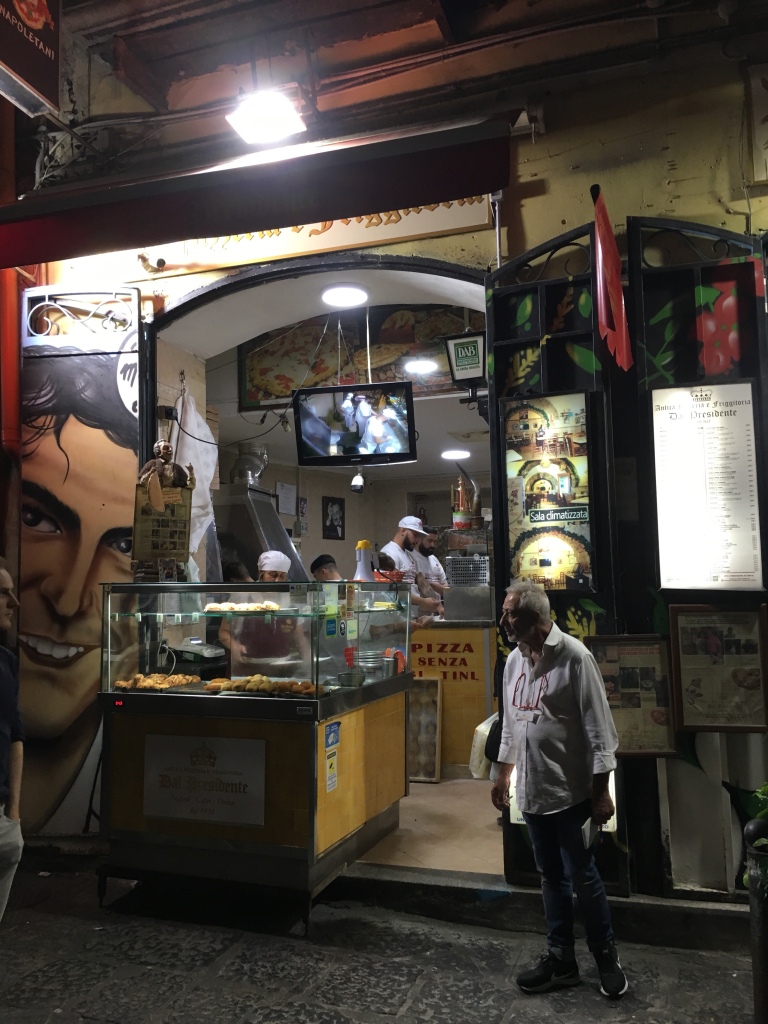
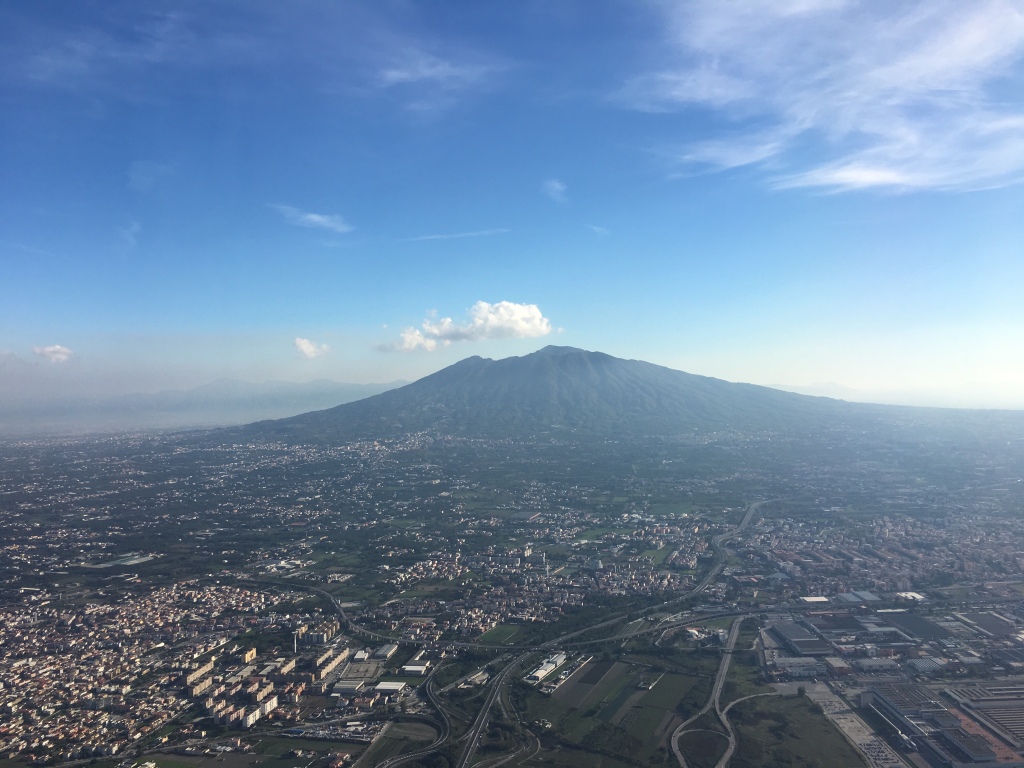
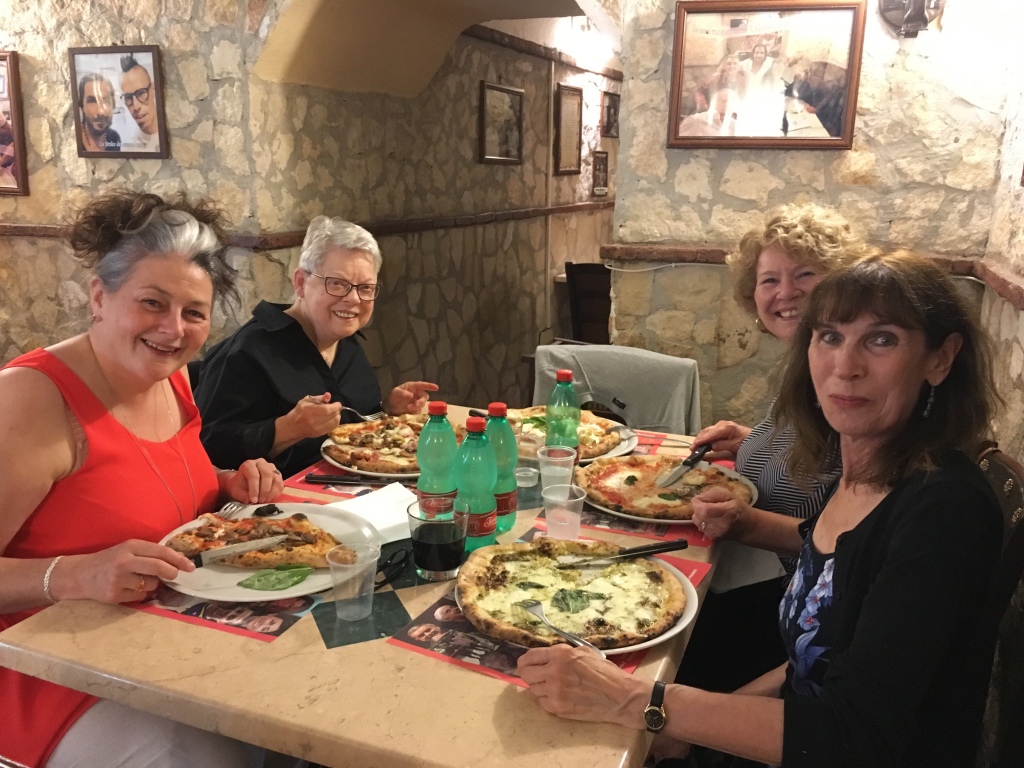
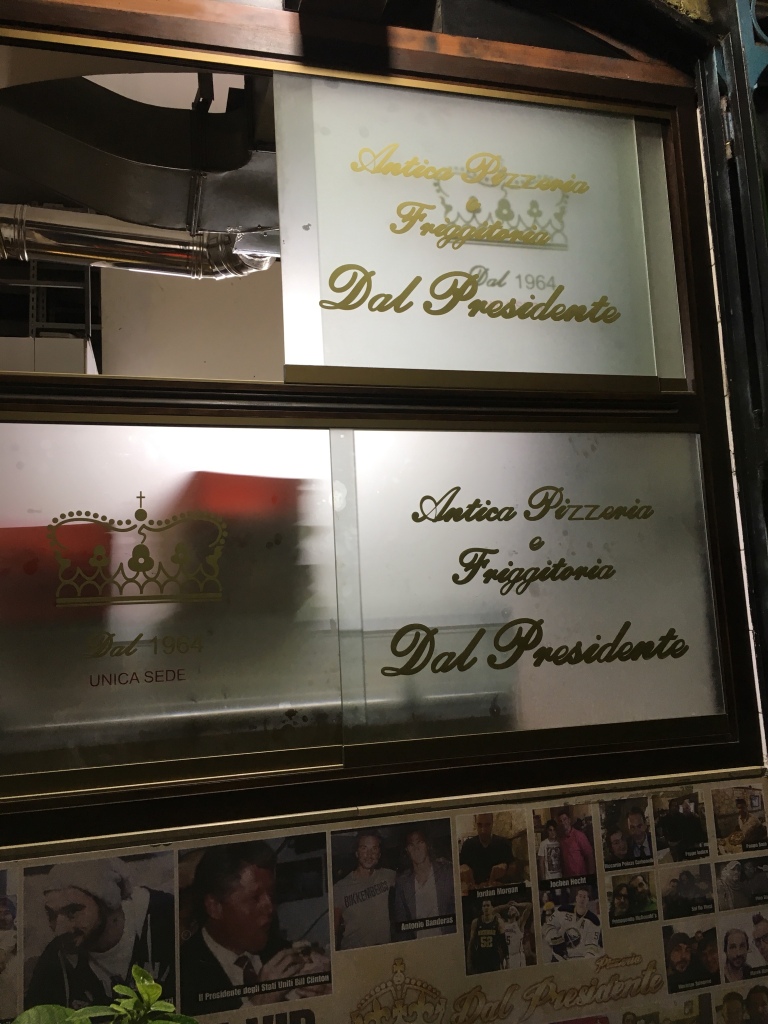
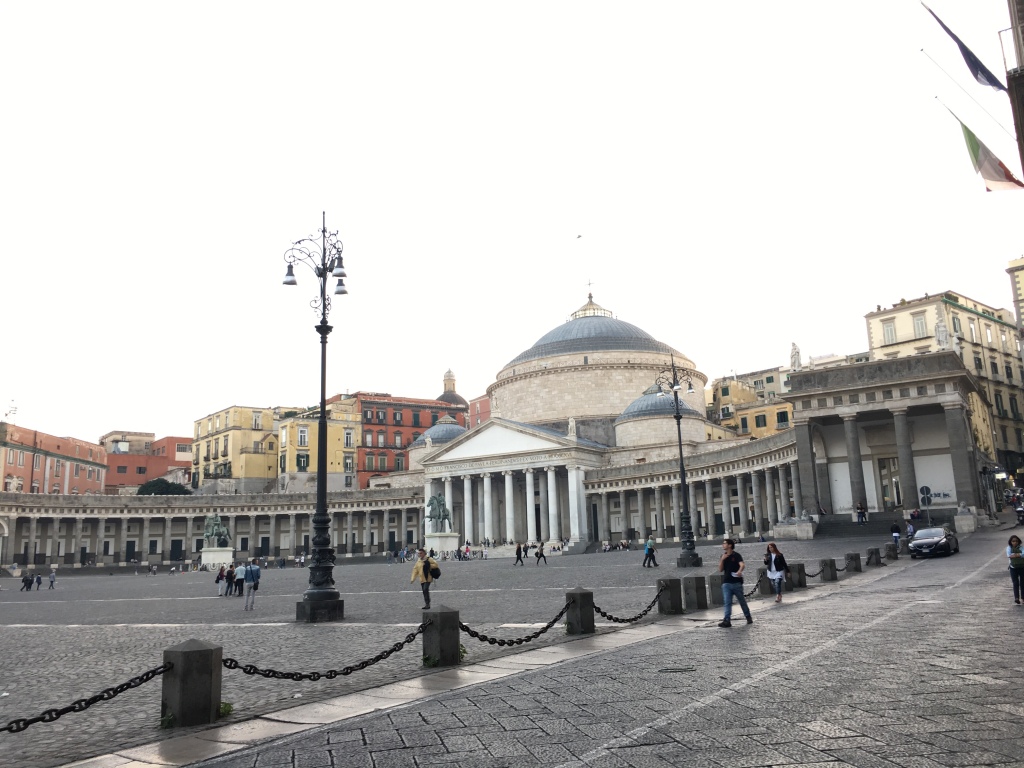
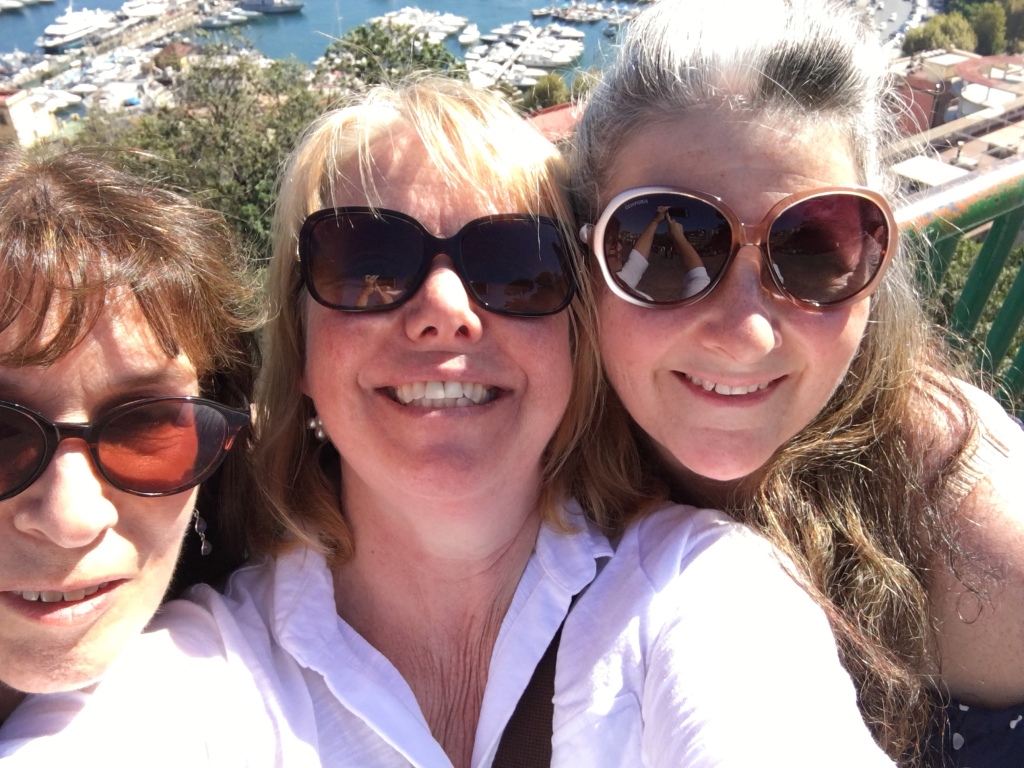
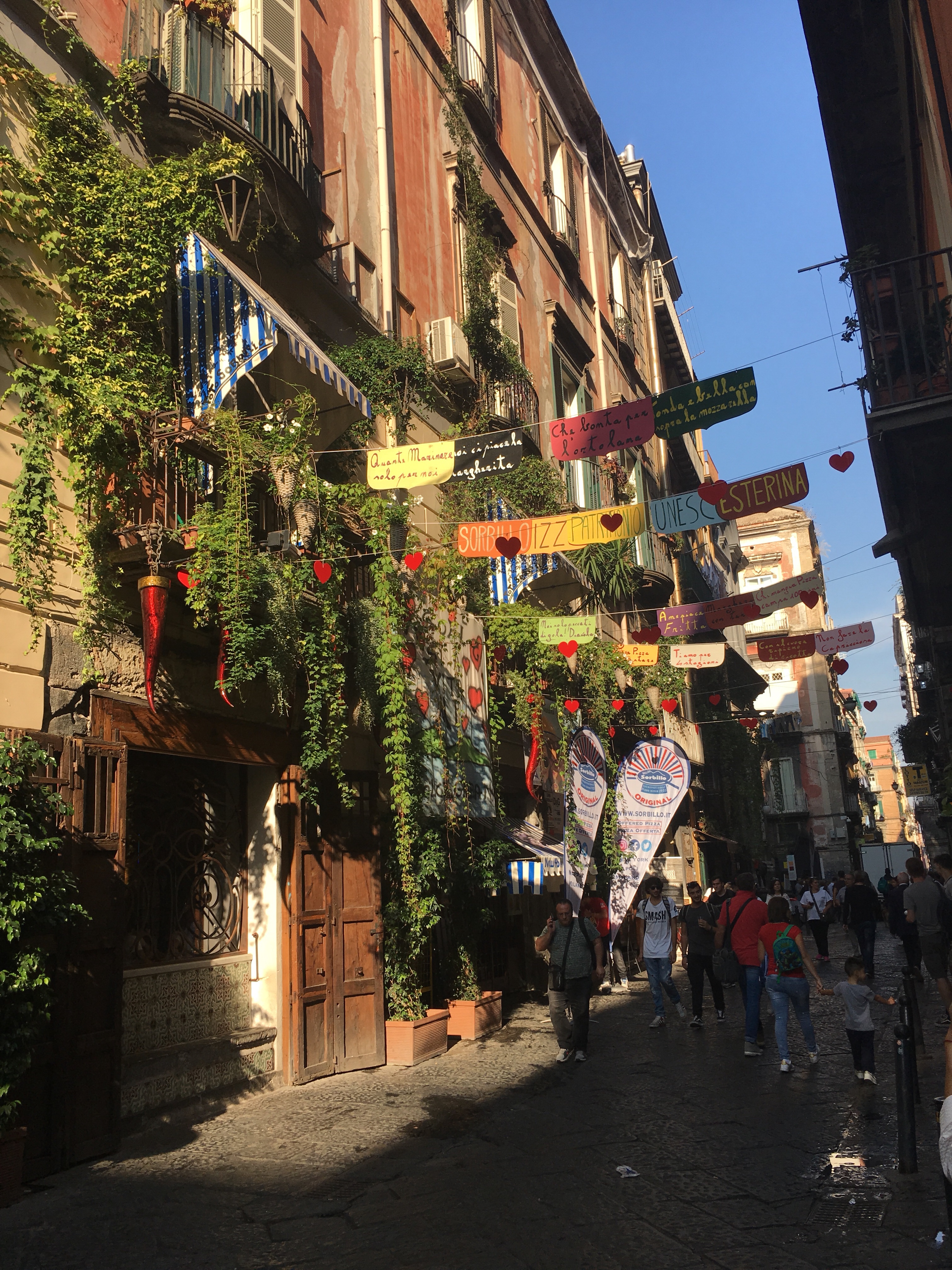
In Naples there’s loads of history, at least one very crazy Prince, fabulous pizza and friendly people. You’ll never be bored in Napoli! There’s a famous expression used here:
‘Vedi Napoli e poi muori’ which translates as ‘See Naples and die’. The sentence was famously used by Goethe, the German writer in his Italian Journey (1786–88). He was right this is a city of extremes, I urge you to visit, it is truly captivating.
Notes:
- VESUVIUS – To read about the eruption of Vesuvius in AD 79 I suggest this article that I wrote: Vesuvius, Pompeii & Herculaneum
- THE GRAND TOUR – For more on the Grand Tour and the history of tourism in Naples: The Grand Tour
- HERCULANEUM – For some detail on Herculaneum and this exceptional archaeological site – check out another article of mine: Herculaneum – A Bright Future
WHY NOT – join our next tour of Southern Italy – probably in April, 2022. Contact janet@grand-tourist.com for full details. Or click on the link here – to see a sample tour: Southern Italy Tour – 2019
HAPPY TRAVELS!!
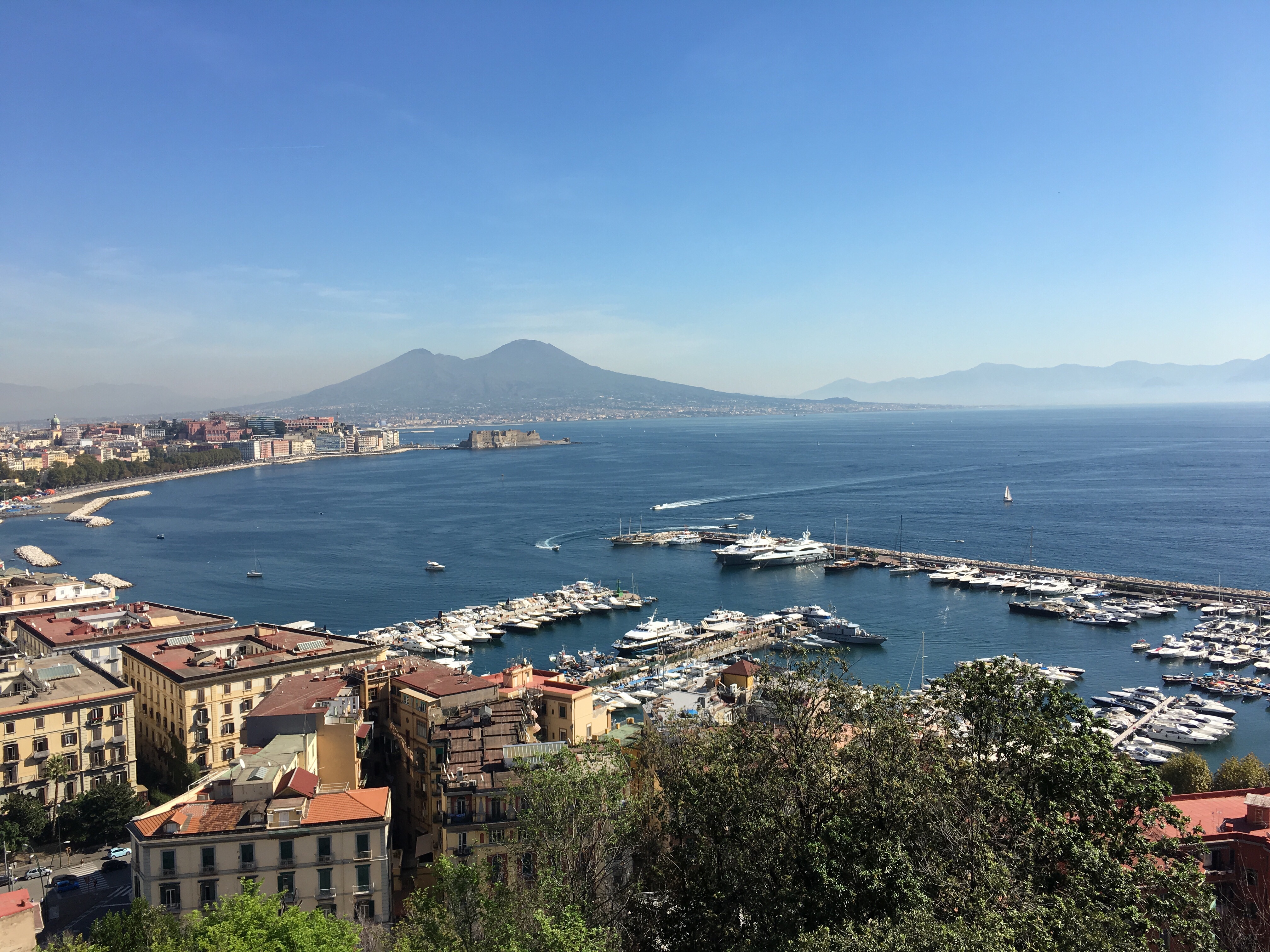

What a kick to have all these memories come back through your writing, Janet. Thank you!
LikeLiked by 1 person
Si glad you enjoyed it Mary Lou xxxx
LikeLike
Wonderful post, Janet! It has made me determined to plan another trip down there soon. So much more to see and learn. And thanks for the pizza tips. Last time there I ate deep-fried pizza at Da Michele, and was astounded at how little grease was left on my fingers. They really know fine the art of frying down there. I love the ‘holes in the wall’, that are such busy little businesses. Love it, thank you!
LikeLike
Gotta say, Sorbillo got my vote. Interesting to learn about the Prince; if we go there again I’ll check him out. Xx
LikeLiked by 1 person
Hi Beverley – I liked Sorbillo but I thought Presidente was better – probably splitting hairs though!
LikeLike